Graphic design for charity emerged as a powerful tool to amplify messages and support causes that matter. Originally, design was utilitarian, but today, creative approaches are vast and varied. Regardless of the specific method, graphic design for charity seeks to engage audiences and inspire action through compelling visuals. Although on the surface it might seem challenging to balance aesthetics and advocacy, it is an enriching endeavor worth pursuing. Elevate your campaigns with the following graphic design tips and make a visual impact for your cause.
Nonprofit branding
Graphic design for charity necessitates crafting a compelling nonprofit brand that resonates emotionally and ethically, differentiating it from commercial entities. Establishing a strong visual identity involves selecting colors, typography, and imagery that align with the organization's mission, enhancing recognition and fostering trust among stakeholders. Nonprofit branding must prioritize storytelling, using graphic design to weave narratives of impact that inspire action, donations, and volunteerism from a diverse audience. Consistent application across various platforms and materials ensures that the charity's messaging remains coherent and impactful, creating an enduring connection with supporters.
Charity visual identity
Graphic design for charity plays a pivotal role in crafting a visual identity that resonates deeply with an organization's mission and values. Colors, typography, and imagery are meticulously chosen to convey a sense of trust, hope, and professionalism, ensuring that the design elements work harmoniously to evoke emotional connections and inspire action. The logo, as the cornerstone of this identity, is crafted not only for aesthetic appeal but also for its ability to encapsulate the essence of the charity's purpose, making it memorable and easily recognizable. Consistent use of this visual language across various platforms and materials, such as brochures, social media, and websites, ensures that the charity's message remains unified and impactful, fostering a sense of community and solidarity among supporters.
Fundraising materials
Graphic design for charity, specifically in the context of fundraising materials, demands a keen understanding of the target audience's emotional triggers and values. Designers often utilize impactful imagery and bold typography to convey the urgency and importance of the cause, aiming to foster a deep emotional connection. Color schemes are strategically selected to symbolize hope, urgency, or the essence of the charity, which can influence potential donors' subconscious responses. Additionally, the design must maintain a balance between aesthetic appeal and clear communication, ensuring that vital information such as donation details, impact statistics, and call-to-action prompts are prominently displayed and easy to comprehend, thereby motivating immediate engagement and contributions.
Donor communication design
Graphic design plays a pivotal role in donor communication for charities, utilizing visual storytelling to create compelling narratives that resonate with potential and existing supporters. Strategically crafted infographics can effectively convey complex data about a charity's impact, breaking down statistics into easily digestible visuals that inspire trust and transparency. Personalized email templates, enriched with emotionally engaging images and cohesive brand elements, ensure a consistent and memorable donor experience, enhancing the likelihood of future contributions. Additionally, well-designed social media graphics and campaign landing pages serve to amplify reach and reinforce a call to action, ultimately driving donations and fostering a community of committed supporters.
Social media graphics
Graphic design for charity organizations on social media platforms requires an approach that balances aesthetics with ethos. Utilizing color schemes that align with the charity's brand identity can enhance recognition and evoke the desired emotional response, ensuring that the cause is visually impactful and memorable. Succinct yet powerful message framing is crucial, as text overlays must communicate the cause's urgency and call to action without overwhelming the visual elements, thereby necessitating a harmonious integration of typography and imagery. Leveraging the storytelling potential of graphics, designers can create compelling narratives that humanize the cause, drawing the audience into a deeper engagement with the charity's mission, increasing both visibility and support.
Awareness campaign design
In creating graphic design for a charity's awareness campaign, the harmonious blend of impactful visuals and informative content takes center stage to evoke emotional engagement and prompt action. The designer should utilize color psychology, opting for hues that resonate with the cause and elicit empathy, such as calming blues for mental health or bold reds for urgent humanitarian crises. Imagery plays a crucial role; photographs of beneficiaries in relatable scenarios or symbolic illustrations can create a powerful narrative that captures the viewer's attention instantly. Typography should be strategically chosen to ensure readability while reflecting the campaign's tone, with bold, modern fonts for a progressive, actionable message or elegant serifs for a enduring, classic appeal, all while integrating the charity's branding consistently to reinforce trust and authenticity.
Event promotional materials
Charity events heavily rely on persuasive graphic design to effectively communicate their purpose and stir potential donors' empathy. High-quality event promotional materials play a critical role in capturing attention and encouraging attendance, utilizing visually-striking elements such as bold typography and cohesive color palettes that resonate with the charity's mission. Designers must strategically integrate key messages into flyers, posters, and social media graphics, ensuring that the cause is at the forefront, while also embedding actionable prompts such as donation links or event registration details. A successful design evokes emotional engagement, fosters a sense of community, and propels a call to action that extends beyond the duration of the event itself.
Infographic creation
Creating infographics for charity organizations requires a blend of clear communication, empathy, and impactful design. Designers must distill complex data into visually engaging graphics that tell a story, which involves choosing the right color palette, typography, and imagery that echoes the charity's mission and values. Eye-catching visuals such as icons, pictograms, and charts can effectively convey statistics and achievements, while maintaining emotional resonance with the audience. It's crucial to focus on simplicity and clarity to ensure accessibility across diverse audiences, maximizing the outreach and engagement of the charity's message.
Impact storytelling visuals
Graphic design for charity focusing on impact storytelling visuals employs emotive images and engaging infographics to convey powerful narratives, urging viewers to take action. These visuals harness the potential of texture, color, and composition to evoke empathy and highlight the gravity of societal issues, transforming abstract concepts into tangible stories that resonate on a personal level. Icons and typography, carefully selected and arranged, guide the audience's attention and lead them through a journey that mirrors the charity's mission and goals, helping to illuminate the profound effects of their work on communities and individuals. By integrating real-life testimonials and data-driven graphics, the design not only educates but also fosters a deeper connection between the audience and the cause, ultimately compelling them to contribute and make a difference.
Volunteer recruitment posters
Creating volunteer recruitment posters for a charity involves a compelling blend of visual appeal and emotional resonance to inspire community interaction and enlistment. The design should employ striking and harmonious color schemes that align with the charity's branding, ensuring consistency across all campaign materials. Typography must be both eye-catching and legible, using fonts that convey the charity's tone -- whether that's approachable, serious, or hopeful -- to guide the viewer's attention from the bold headline through to the call to action. Imagery plays a vital role; photographs exhibiting real volunteers in action or compelling graphics that symbolize the cause can evoke empathy and a personal connection, encouraging potential volunteers to envision themselves contributing.






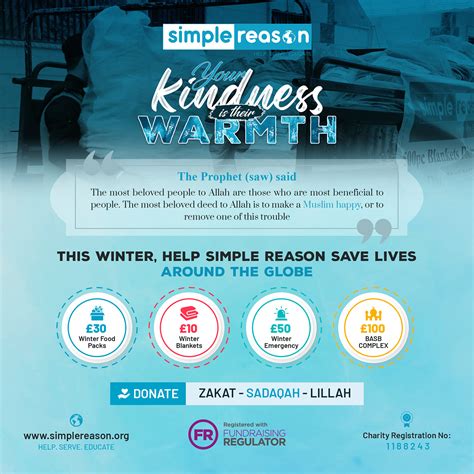
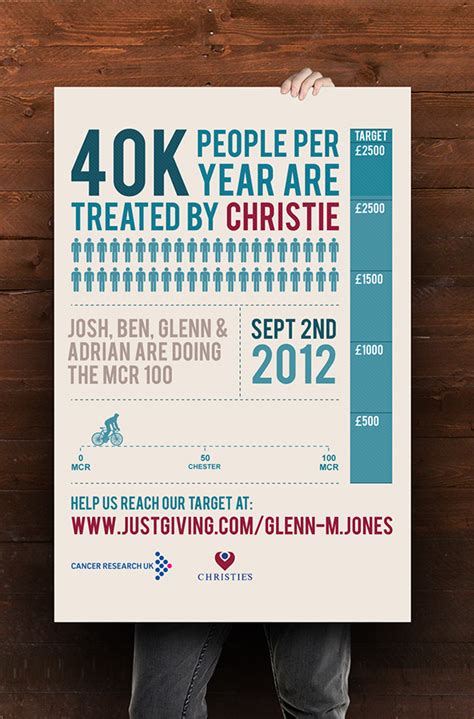
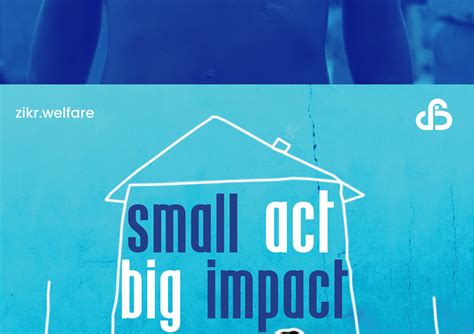
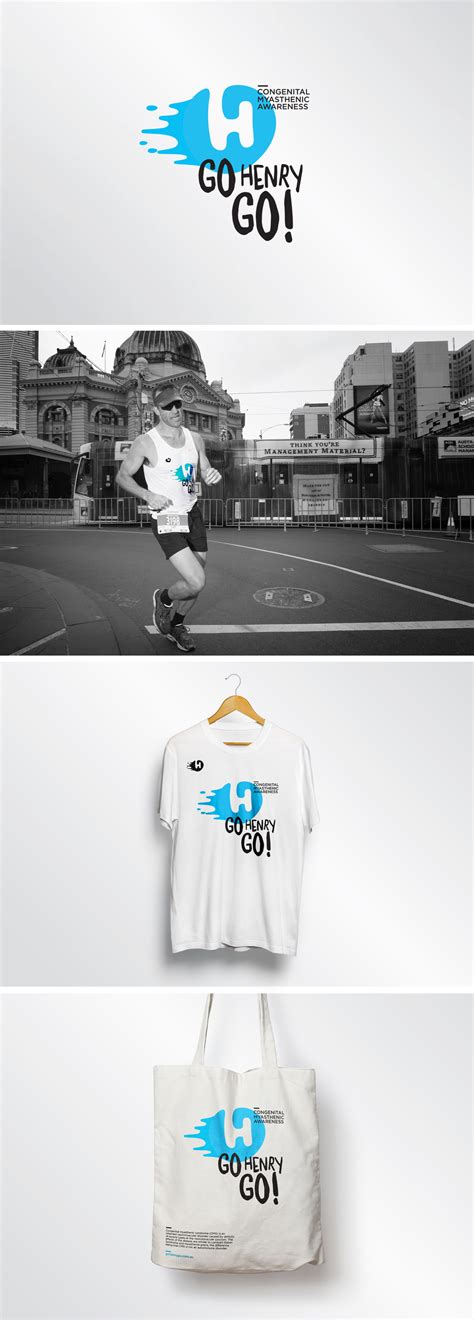
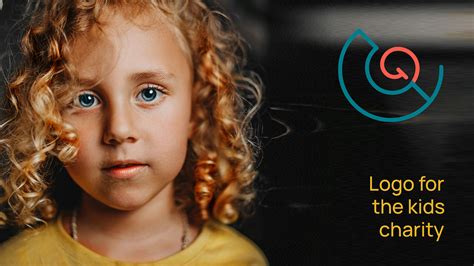
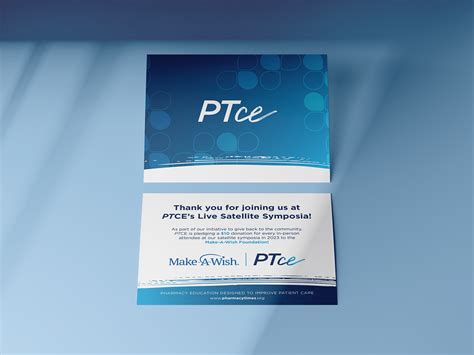

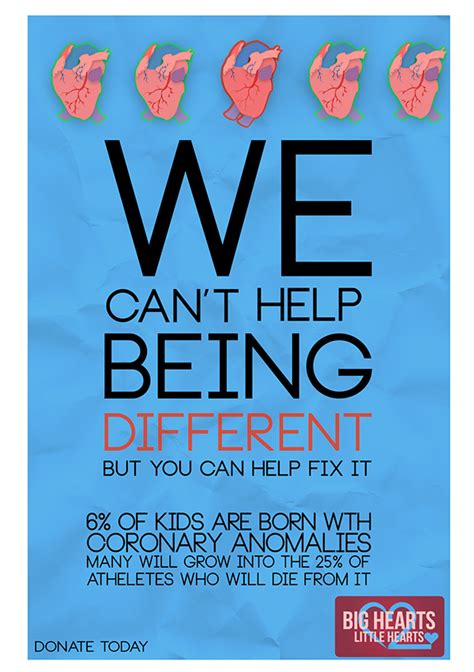

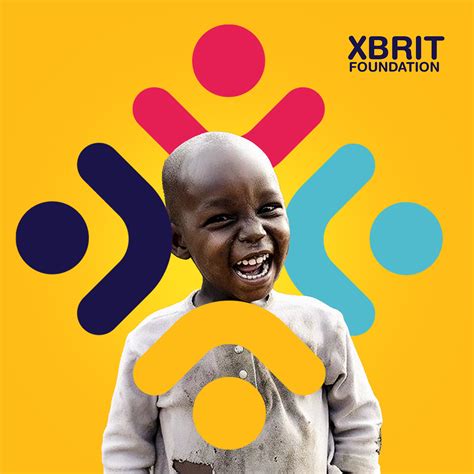

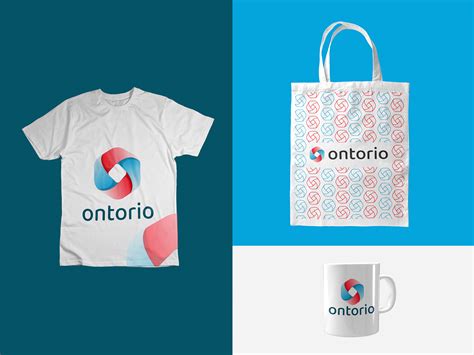
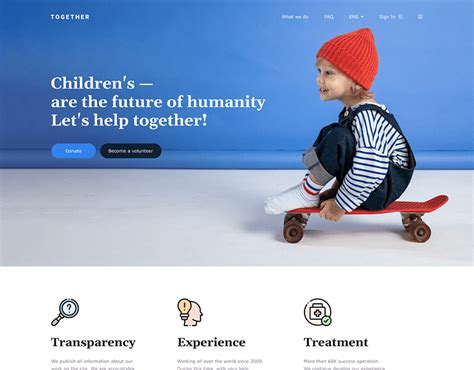
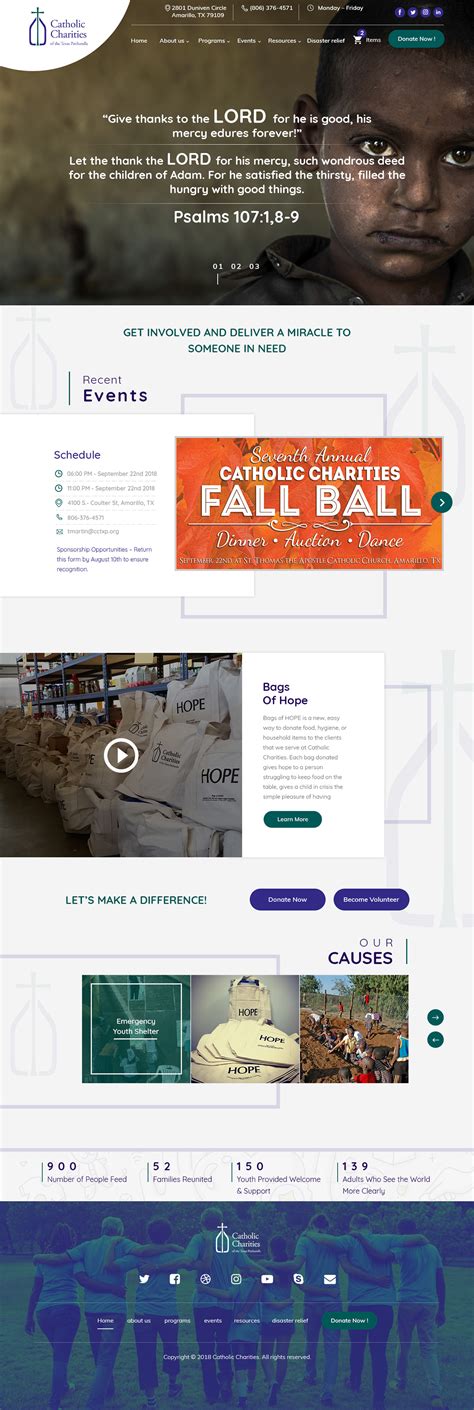
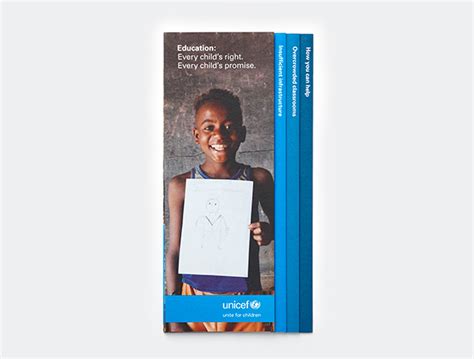
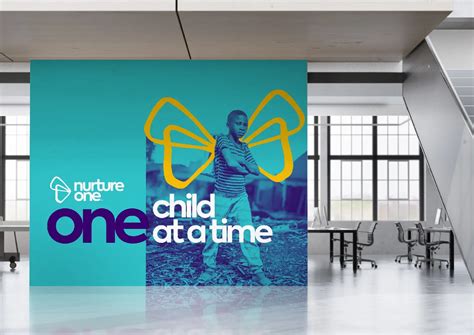
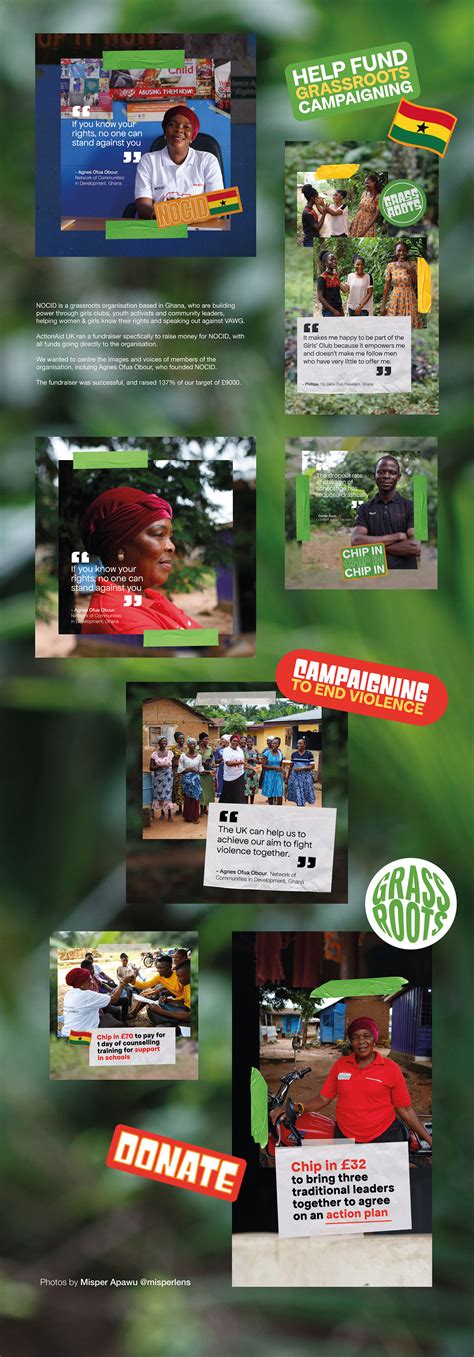
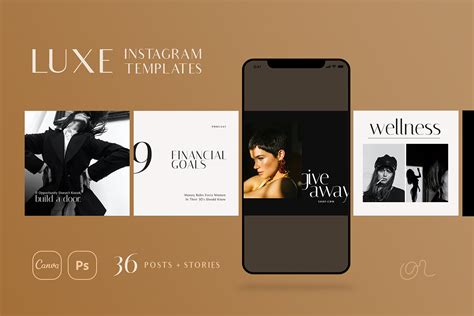

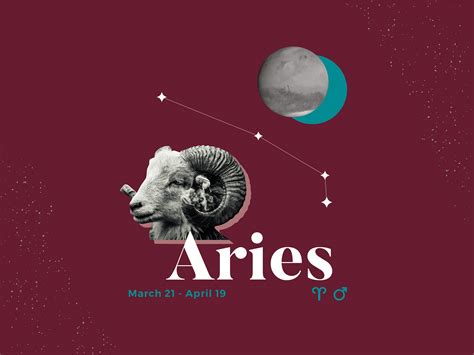
Leave a Reply
Your email address will not be published.